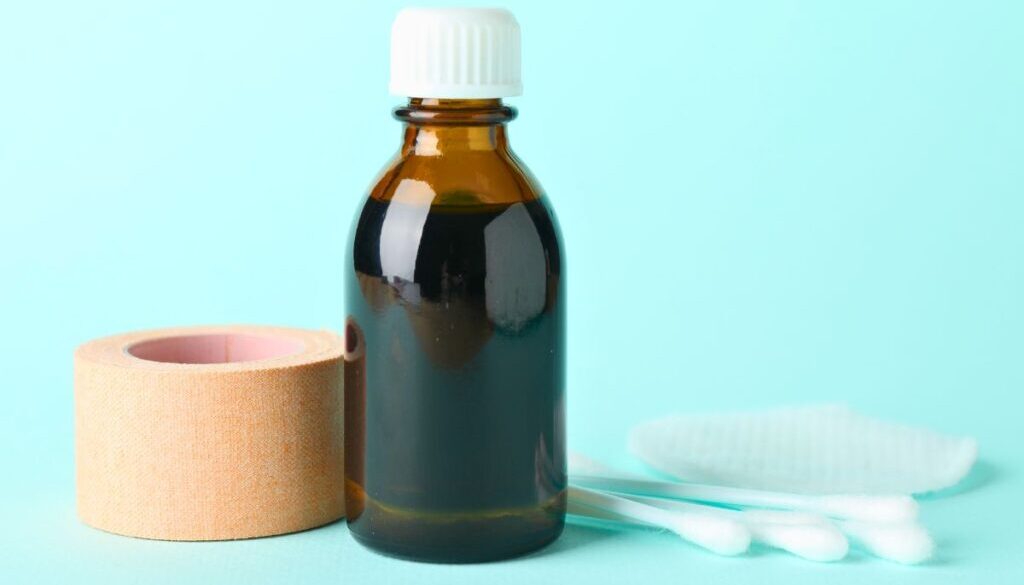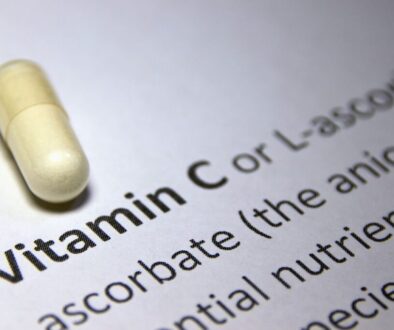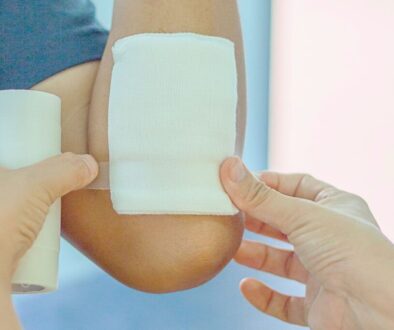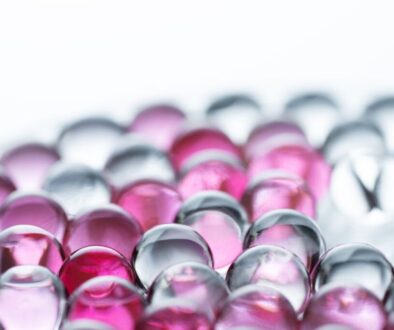Iodine For Wounds: Is It The Most Effective Solution?
Proper wound care can mean the difference between a swift recovery and prolonged discomfort. With so many treatment options available, choosing the right one is critical. Iodine for wounds has been a trusted solution for years, thanks to its powerful antiseptic and healing properties. But could relying on iodine come with drawbacks? Understanding how it works—and whether it’s the best choice—can help ensure the best possible healing outcomes.
In this article, we’ll explore the benefits of iodine for wounds. We’ll also look at its potential risks and how it compares to other treatments. By understanding where iodine fits into current practice, you’ll gain insight into its impact on modern wound care.
What Is Iodine, And How Does It Work?
Iodine is a powerful chemical element renowned for its strong antimicrobial properties. When applied to wounds, it destroys bacteria, viruses, and fungi. This greatly reduces the risk of infection. It works by breaking microbial cell walls. This stops harmful microorganisms from growing and protects the wound area.
The Historical Role Of Iodine In Medicine
Since the 19th century, iodine has been a cornerstone of medical practice. As one of the first antiseptics, it was vital in preventing infections before antibiotics. It has broad-spectrum antimicrobial capabilities. This makes it essential for treating injuries and saving lives.
Iodine In Modern Wound Care
Today, iodine remains a trusted solution in wound management. It’s often used in specialized dressings, ointments, and solutions. These are designed to treat various wounds, including ulcers, burns, and post-surgical sites. Healthcare professionals rely on iodine for its ability to clear infected tissue. It also supports healing and helps achieve better outcomes for patients.
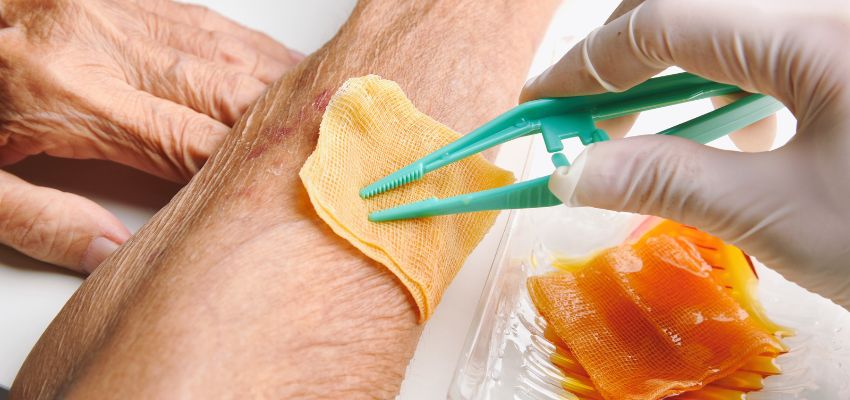
Benefits Of Using Iodine For Wounds
Iodine’s antimicrobial action and promotion of healing make it an effective choice for preventing wound complications.
Powerful Broad-Spectrum Antimicrobial Action
Iodine targets bacteria, viruses, and fungi, making it reliable for treating wounds and preventing complications.
Promotes An Optimal Healing Environment
A moist wound bed is essential for effective healing. Iodine-based dressings absorb excess fluid. They maintain the right level of moisture. This helps new tissue grow and speeds up healing.
Reduces Odor And Infection Risk
Wounds, particularly infected ones, often produce unpleasant odors. Iodine fights microbial activity. It neutralizes odors and reduces the risk of infection.
Targets Biofilm And Resistant Pathogens
Biofilms—clusters of bacteria that attach to wound surfaces—can be challenging to treat and may hinder the healing process. Iodine has powerful antimicrobial properties. It penetrates biofilms and breaks them down. Even antibiotic-resistant pathogens are no match for it.
Risks And Considerations
While iodine provides numerous benefits, its use is not without potential risks. Both healthcare providers and patients should keep the following factors in mind:
- Skin irritation and sensitivity. Iodine can trigger allergic reactions in some people. This may result in redness, itching, or irritation at the application site. It’s important to check for allergies before use to prevent discomfort or adverse effects.
- Iodine absorption and thyroid effects. Excessive iodine absorption through open wounds can affect thyroid function. This is especially true for people with existing thyroid conditions. Monitoring for symptoms such as changes in energy levels or metabolism is crucial in these cases.
- Contraindications and usage precautions. Iodine is not suitable for deep or severe wounds that need long healing times. Its cytotoxic properties can damage healthy tissue. Avoid using iodine if you’re pregnant, allergic to iodine, or have medical conditions that make its use unsafe.
Comparing Iodine To Other Wound Care Options
Iodine Vs. Hydrogen Peroxide
Hydrogen peroxide is a popular antiseptic, known for its foaming action that helps clean wounds. However, it does not have the broad-spectrum antimicrobial power of iodine. Frequent use can damage healthy tissue. This makes it less suitable for regular use.
Iodine Vs. Silver Dressings
Silver dressings are great for managing chronic wounds. Their antimicrobial properties make them effective. However, iodine is a cheaper and more versatile option. It works for both acute and chronic wounds without losing effectiveness.
Iodine Vs. Antibiotic Ointments
Iodine does not cause antibiotic resistance like ointments can. It fights resistant pathogens effectively. This makes it a great alternative when antibiotics don’t work as well.
Iodine Vs. Advanced Biologic Therapies
Iodine works well for many wounds, but chronic wounds need advanced solutions. DonorCure’s amniotic tissue allografts offer regenerative healing. They promote natural tissue repair with growth factors and anti-inflammatory proteins. These grafts can speed up healing when traditional treatments aren’t enough.
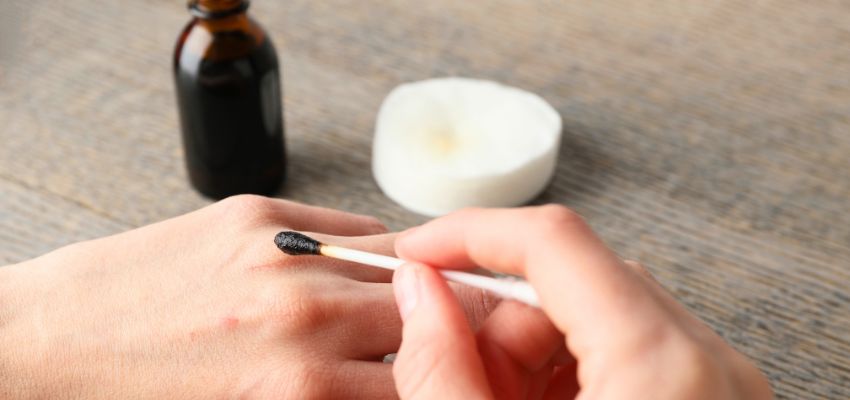
Best Practices For Using Iodine In Wound Care
Iodine is a key player in wound care, helping to reduce infection and boost healing. Here’s a quick guide on iodine-based dressings, how to use them, and when to seek professional advice.
Types Of Iodine-Based Dressings
Iodine comes in various forms. These include povidone-iodine solutions, iodine-impregnated gauzes, and iodine-based ointments. The product choice depends on the wound’s size, depth, and severity.
Application Guidelines For Effective Wound Care
- Clean the wound thoroughly with a cleansing solution. This eliminates debris and minimizes the chances of infection.
- Apply the iodine dressing or ointment directly to the affected area, ensuring even coverage.
- Change dressings every 1–2 days or as advised by your healthcare provider. This helps support healing.
When To Seek Professional Medical Advice
Consult a healthcare provider if symptoms worsen, such as redness, swelling, or unusual discharge. For complex wounds or iodine-related side effects, seek professional guidance.
Frequently Asked Questions
Is iodine safe for all types of wounds?
No, iodine should not be used on deep or severe wounds without medical supervision due to the risk of cytotoxicity and delayed healing.
Can iodine delay wound healing?
Excessive iodine use or high concentrations can damage healthy tissue and slow healing.
How often should iodine dressings be changed?
This depends on the wound’s condition. In general, iodine dressings are changed every 24-48 hours. This helps prevent infection and supports healing.
What’s the difference between povidone-iodine and other forms?
Povidone-iodine is a commonly used iodine solution with lower cytotoxicity than older formulations. It offers powerful antimicrobial activity while being gentler on the skin.
Are there natural alternatives to iodine for wound care?
Yes, alternatives such as honey (with antimicrobial raw honey properties) and herbal antiseptics like tea tree oil can be used. However, their efficacy may not match iodine in treating severe infections.
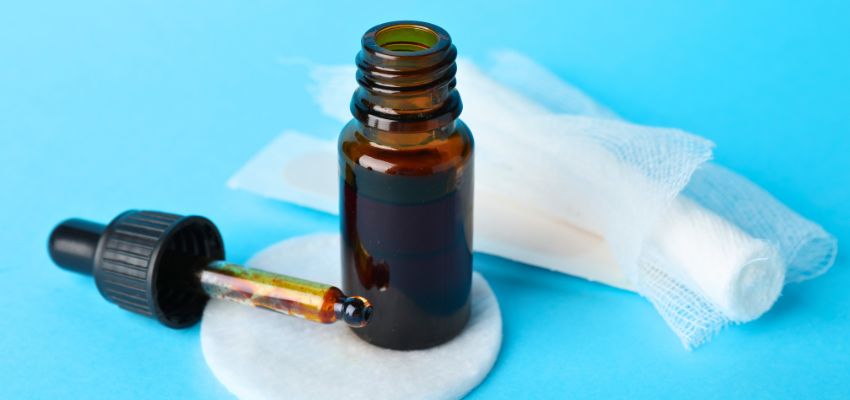
Iodine For Wounds: A Smart Solution Or Just A Start?
Iodine for wounds is a cost-effective antimicrobial and highly effective against biofilms. It’s a great option for treating infected or contaminated wounds. However, caution is needed to avoid risks like cytotoxicity or thyroid issues. Iodine is not ideal for long-term use or for patients with certain contraindications. With proper monitoring, it can be safely used as part of a wound care plan to achieve optimal results.
While iodine is effective for regular wounds, chronic wounds need more advanced care. DonorCure’s amniotic tissue allografts support regeneration, speeding up healing and reducing inflammation in stubborn wounds. See how DonorCure can boost traditional treatments like iodine to help patients heal faster.
Heal Ulcers, Burns, & Surgery Wounds With Break-Through Amniotic Allograft Treatments
Experience the future of wound care with our advanced amniotic allograft treatments. Say goodbye to slow healing. Our innovative solutions promote faster recovery from pressure wounds, ulcers, burns, and surgical wounds. Trust the power of science for your healing journey. Regain your comfort and health today! See if you are eligible for treatment here.

About The Author
Corinne Grace is a full-time writer living in the Philippines. She has a nursing degree from Riverside College. Her background in nursing informs her perspective, allowing her to weave in themes of health, empathy, and resilience into her work.
